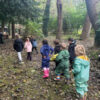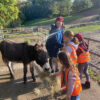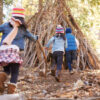
In 2023/24 the NSPCC service delivered almost 5,000 counselling sessions related to the issue, both online and over the phone from one of their 13 bases around the country. Concerningly, loneliness was given as one of the main reasons for young people calling Childline about problems with their mental health.
Reasons children and young people have cited for feeling lonely in the last year include moving house or school and having to make new friends, their parents working long hours, being bullied by peers,and seeing their friends having fun on social media and feeling as though they are missing out.
One 16-year-old girl said to Childline: “I feel so lonely all the time, I end up crying and trying to sleep until the feeling goes away. I’ve tried to help myself, but nothing worked. I feel like I’ve been this way forever, I need this to change.”
The charity is revealing these figures to remind children and young people that they are not alone with Childline ready to provide help and support 24/7.
One girl aged 11, from Scotland, told Childline: “I feel so lonely at school, I only really have one friend. What’s harder though is I feel I can’t talk about how much it upsets me. My parents seem annoyed or judgemental when I try to talk about my feelings. Speaking to Childline feels like a weight has been lifted.”
To support young people who may be dealing with loneliness, the NSPCC also offers an online service called Building Connections.
This service, available to anyone up to the age of 19, matches young people with a trained befriender for 11 weeks who will help them to build their confidence and better manage their loneliness.
To refer a child to the online Building Connections service visit: https://learning.nspcc.org.uk/services/building-connections?modularPage=make-a-referral
Advice for children who are struggling with their mental health and/or loneliness includes:
• Do things that feel positive: Try your best to take part in activities you enjoy, whether that’s playing a sport, listening to music, reading a book, or drawing. Small positive actions really can have a big impact on your mood.
• Take care of yourself: When you are struggling with difficult feelings, it is important to continue to prioritise your basic needs such as eating well, staying hydrated, and getting enough sleep. Taking care of your body can have a positive impact on your mental health.
• Try to find ways to socialise: Whether it’s joining a club, connecting with peers at school, or reaching out to a trusted friend, prioritising socialising can help to reduce feelings of loneliness
• Remember it is always OK to ask for help: Speak to a trusted adult, a teacher, a friend, or contact Childline. No matter what you’re feeling, you don’t have to go through it alone.
• Consider signing up to Building Connections: If you’re 19 or under and struggling with feelings of loneliness, consider signing up to the NSPCC’s online Building Connections service. This service will pair you with a trained befriender who will work with you to give you the tools to tackle loneliness.
Shaun Friel, Childline Director, said: “It’s heart-breaking to see so many young people turning to Childline because they feel lonely and isolated. We know how much of an impact loneliness can have on children’s mental health, often leaving them feeling hopeless and unseen. That’s why it’s vital that children know they don’t have to face these emotions alone. Childline is here for every young person, no matter what their situation. Whether they’re missing a friend, struggling with school holidays, or finding it difficult to talk to those around them, our counsellors are ready to listen and provide support.”
Tips for adults to help children and young people who may be experiencing loneliness include:
• Communicate openly: Encourage children to talk about their feelings and listen without judgement.
• Discover what’s causing the problem: Gently explore why they might be feeling this way and validate their emotions.
• Encourage socialising: Help children find opportunities to connect with peers through hobbies, clubs, or activities.
• Help them build their confidence: Celebrate their strengths and achievements and remind them of the positive relationships in their lives.
• Build a supportive environment: Loneliness isn’t something that can be resolved with one conversation. It is important to create an environment of openness where a child can talk to you about their feelings and any struggles they may be facing.
Childline is available for young people via the phone on 0800 1111 and online through the 121 chat on www.childline.org.uk/get-support/message-boards/


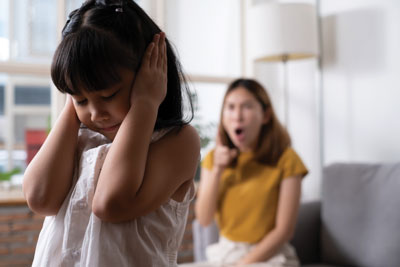
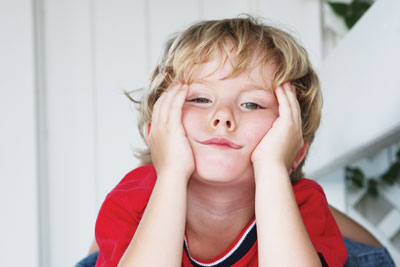
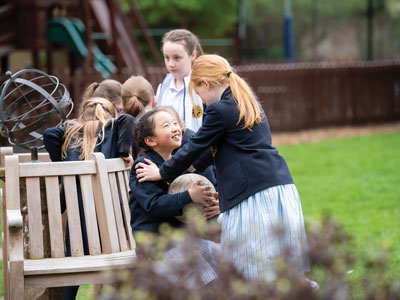

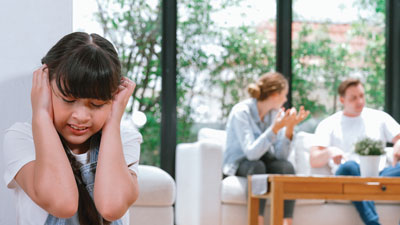
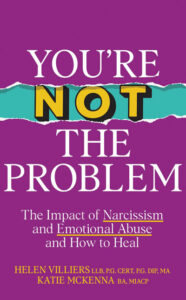 The Sunday Times Bestseller “You’re Not the Problem” will help you recognise the language and behaviours of emotional abuse and narcissism in relationships, the immediate and long-term impact of it, practical strategies for healing and how to avoid repeating these behaviours. Buy “You’re Not The Problem” on Amazon and in all major book stores.
The Sunday Times Bestseller “You’re Not the Problem” will help you recognise the language and behaviours of emotional abuse and narcissism in relationships, the immediate and long-term impact of it, practical strategies for healing and how to avoid repeating these behaviours. Buy “You’re Not The Problem” on Amazon and in all major book stores.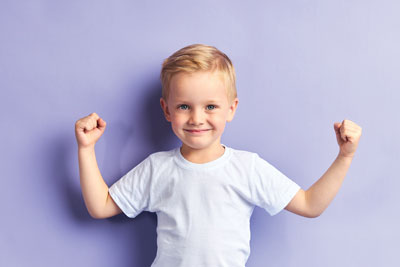
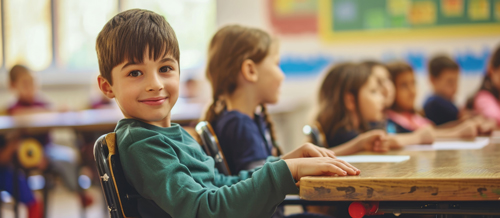
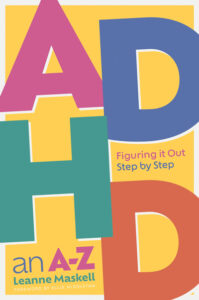 ave time to figure it out together!
ave time to figure it out together!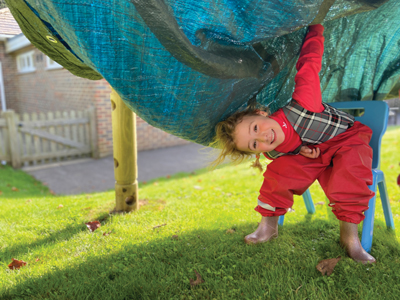
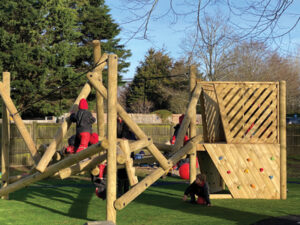 The ability to write is an essential skill to learn and a tool for life. It is interesting to understand that developing children’s upper body strength is essential to help them control their hands and fingers. This is because there is a strength domino effect which starts at the top: once children can control the large muscle groups of the shoulder, upper back and core, they are able to exert more control on their upper and lower arm, which in turn enables them to control their hand well, before finally achieving fine motor control in the fingers. By climbing, pulling themselves up and hanging down, the muscles in the shoulder are well exercised and this has huge benefits for handwriting and, as they grow older, handwriting at speed.
The ability to write is an essential skill to learn and a tool for life. It is interesting to understand that developing children’s upper body strength is essential to help them control their hands and fingers. This is because there is a strength domino effect which starts at the top: once children can control the large muscle groups of the shoulder, upper back and core, they are able to exert more control on their upper and lower arm, which in turn enables them to control their hand well, before finally achieving fine motor control in the fingers. By climbing, pulling themselves up and hanging down, the muscles in the shoulder are well exercised and this has huge benefits for handwriting and, as they grow older, handwriting at speed.